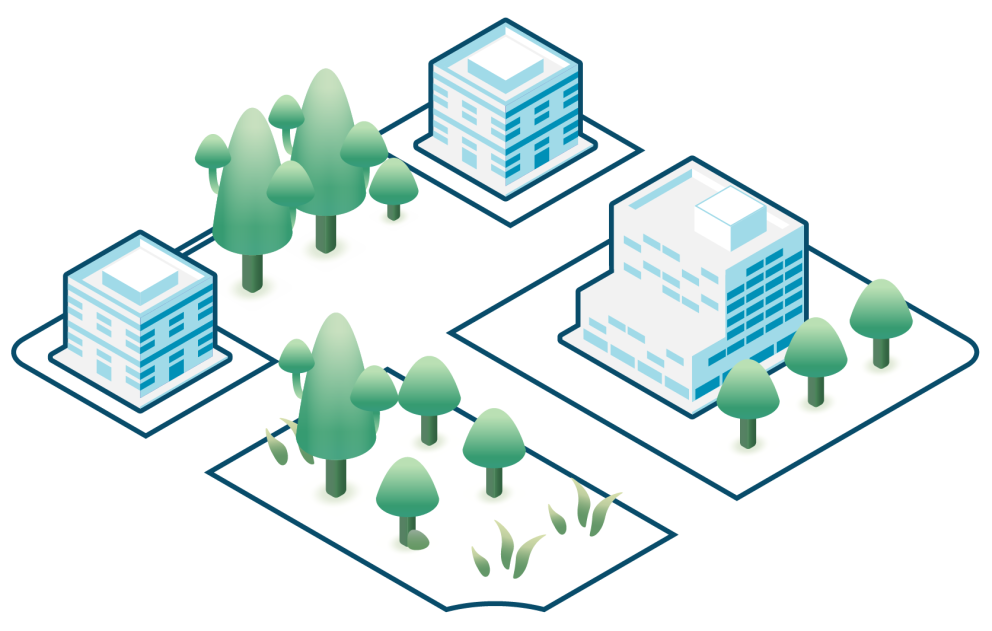
Mobility and pollution are topics at the core of present challenges for many cities around the world. Digital technologies may definitively help to face these challenges, supporting the implementation of climate neutrality plans for next years. Use and sharing data from different sources is at the center of the solution, from sensors to satellite data, from open data portals to private repositories, from real to historical data: it is all about data. But, data for what? In this case, for having a more comfortable, sustainable and rational way of moving within the cities. The ecosystem and infrastructure where all this data is shared under requirements of trustworthiness, security and interoperability is called recently a Data Space.

Mobility is very related to emissions and climate challenge, as around 60% of the total emissions are caused by the traffic; and therefore, any improvement in the way we move within the cities has a direct impact in the reduction of the CO2 emissions. Cities are starting initiatives to change the offered mobility services to reduce local emissions and inspire citizens to use alternative mobility options. As citizens, we should be better informed on the impact of our daily choices. The real impact in cities to reduce local emissions is our personal behaviour in travel. Technology may help citizens to be aware of the emissions of their choices; and may help cities to monitor emissions and actuate over the traffic, as the main cause for them. Other drivers like allowing accessible services for disable people or reduce the number of accidents in roads can be also supported by the technology.

Some examples of how technology helps the mobility in cities could be the traffic monitoring and air quality impact, by sharing data between the traffic management system of the city and the in situ sensors for pollution. Or cooperative intelligent transport systems where a network of nearly vehicles in a road or in the street can communicate each other in order to have for example, traffic information, receive alerts of incidents or parking guidance. And also bicycles routes management depending on the pollution and public transport availability.
A group of companies, cities and research institutions joined in September 2021 to launch the GreenMov project, a Connected European Facility (CEF) project devoted to make our contribution to the green mobility challenge. GreenMov partners are really committed with the decarbonization of the society, so the monitoring and improvement of mobility in cities is one of our major focus. Smart mobility is not just technology challenge! It is a societal change process that cities and communities need to start and here is where GreenMov can support.

The main GreenMov mission is to harmonize the different types and formats of data we may find in a mobility scenario to develop mobility services which combine the availability of diverse mobility modes with the reduction of pollution in cities. This mission implies a set of technical challenges like to define and extend the smart data models for modelling the different data sources; to combine the different data sources to provide a valuable and replicable service for the cities; and to recommend the best architecture and configuration of the Context Broker building block, potentially federated, to respond the demanding scenarios of mobility in the project pilots.
Three valuable pilots are participating in the project. In case of Nice, their goal through the project is to monitor air quality and noise to actuate over the traffic when the pollution is higher than usual. For Murcia and Molina de Segura, very near cities sharing a university campus, the main purpose is to predict the traffic impact in the air quality of the city. And finally, for Flanders region the goal is to forecast the availability of the bicycles at train stations. For all the cases, the ultimate objective is to improve in a more sustainable way the mobility in the city.

We believe that the project outcomes may contribute to a better data sharing, specifically in the context of green and smart mobility, only from a single perspective: the definition of specific data models for the creation of a common data lake and the provision of services which exploit the aggregation of data from that lake. Several data models and services will be shared by some of the cities, fostering the reusability and replicability of the services. And the data models will be actually used and mapped to real data sets available in the cities.

There are indeed many other challenges and angles to be tackle in the data space, and that’s why we bet for an open and inclusive data space where many partners can contribute with their previous experiences and outcomes. Having a clear and easy to understand governance will be the key for success. The key challenge is then “interoperability”, so it must rely on recognized standards. It must find the inclusion of the existing initiatives and liaison with related entities. The Data Space must seek the benefit of people, companies and governments beyond the technological advance, so establishing solid and practical bases and tangible scenarios and use cases is pretty much a mandate, in my opinion.
And let’s remind, Smart Mobility is more than a technological challenge. It is a change of mindset for citizens and cities with data sharing at the core.
Know more about GreenMov at GreenMov project Intro
Clara Pezuela
Atos